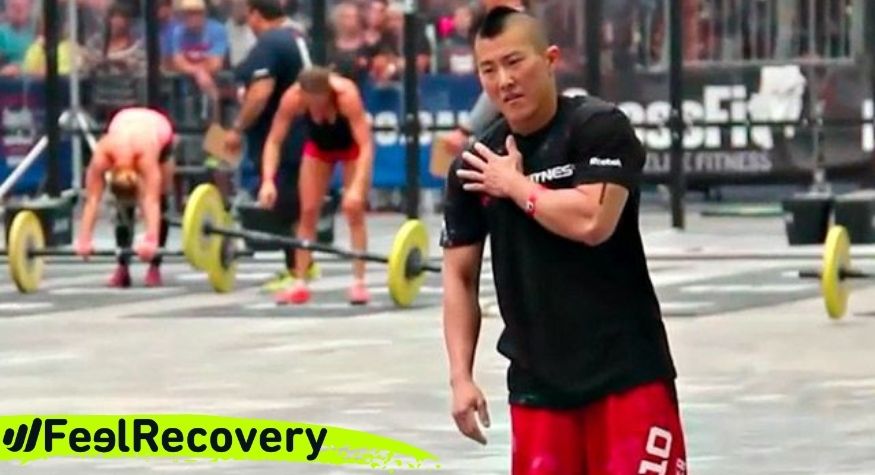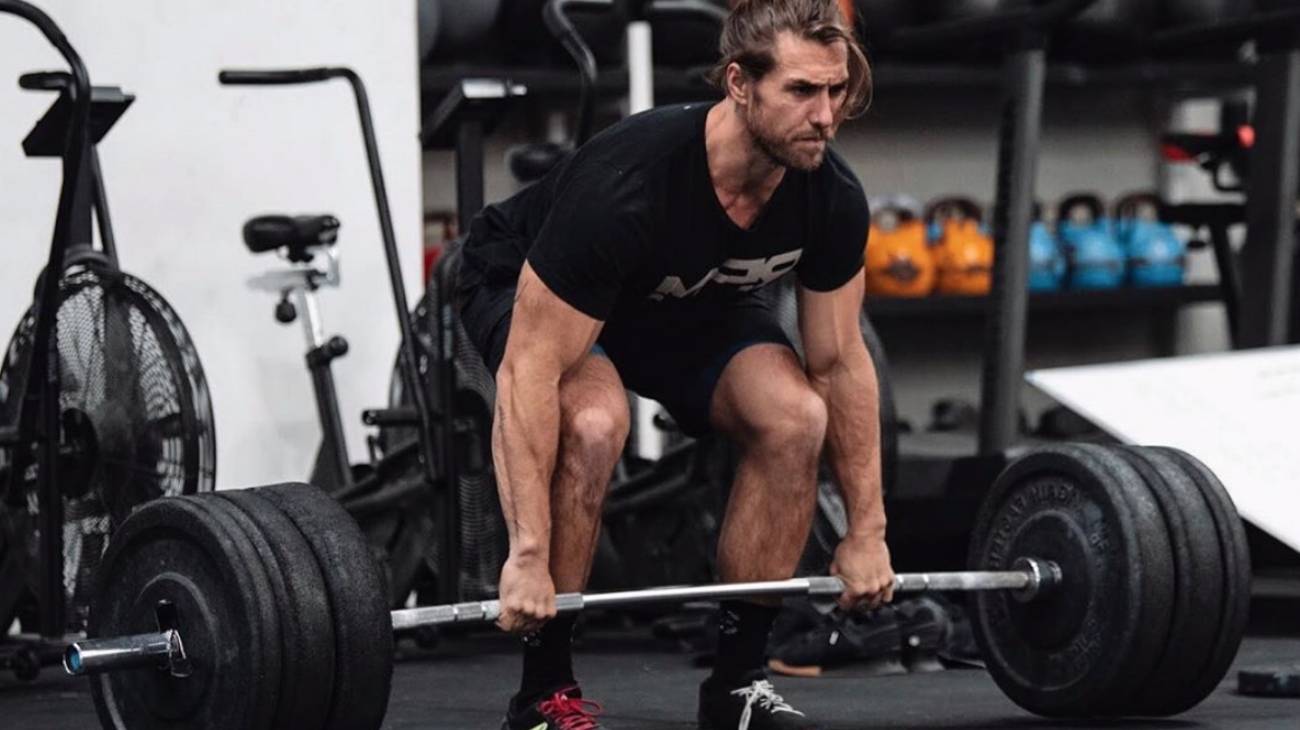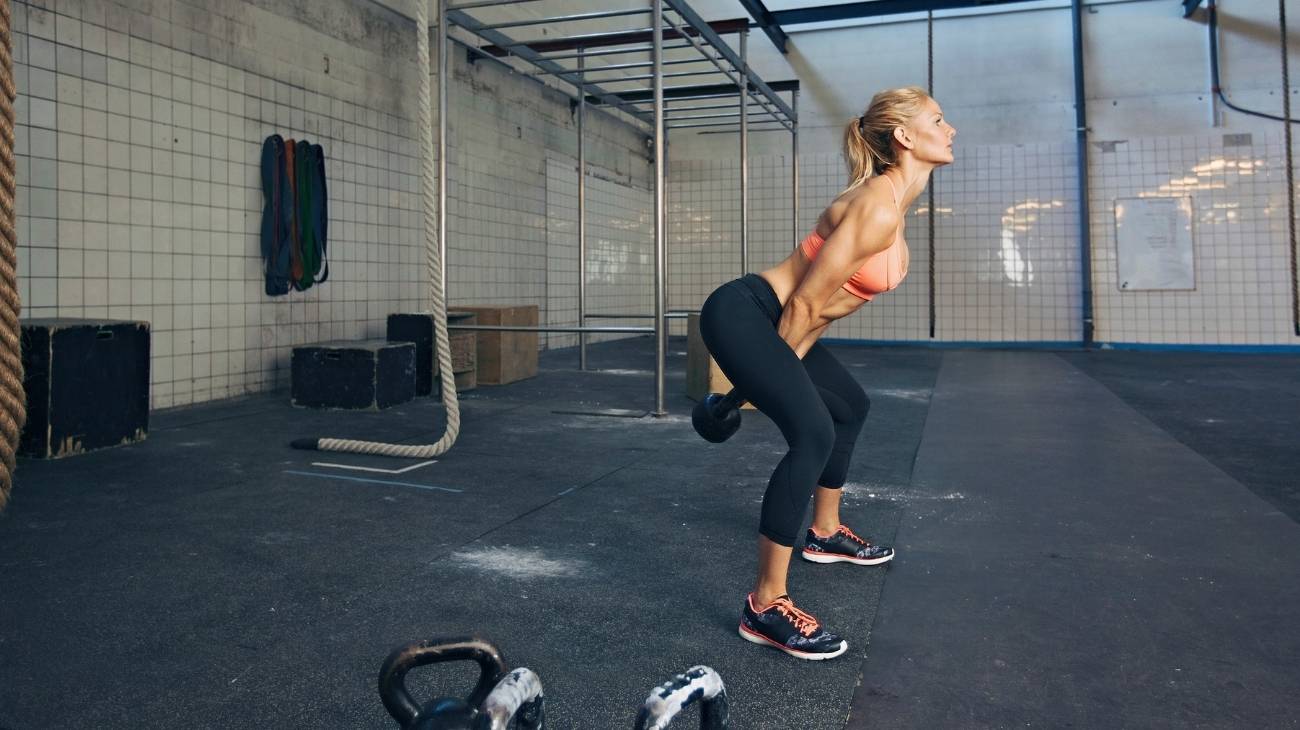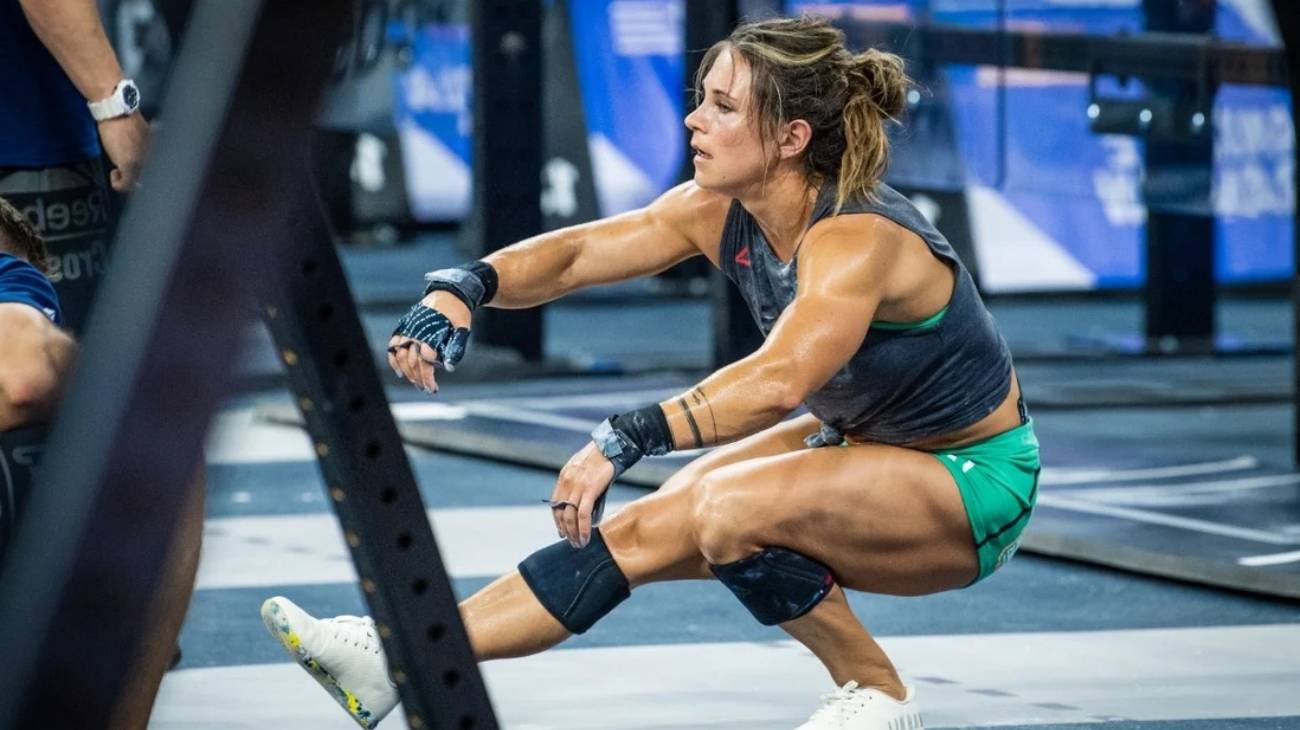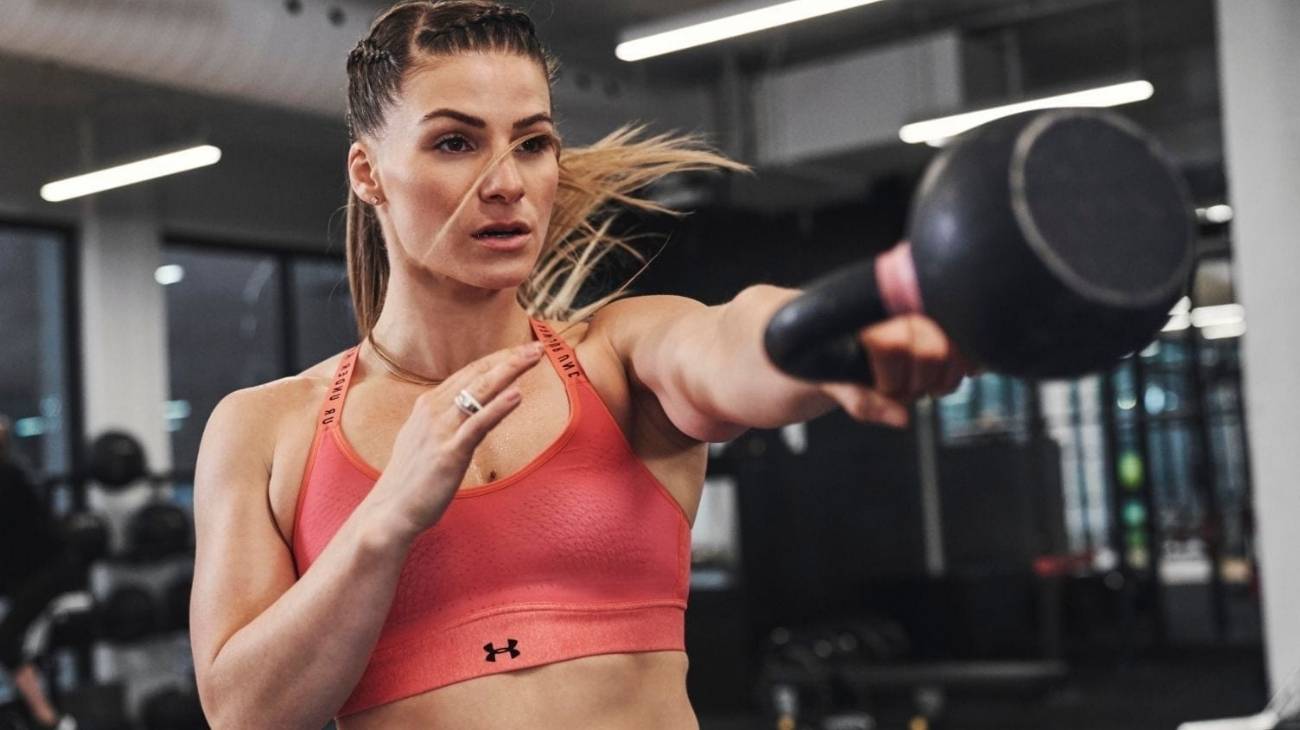As Crossfit is a combination of high intensity exercises, it is normal for your shoulders to feel sore as each day progresses in the box, remember that no two routines are the same and your muscles feel it with every effort.
For this reason we explain which are the most frequent shoulder injuries in Crossfit. Clarify your doubts about how to apply the PRICE therapy, which serves as first aid. We also provide you with a useful list of the most effective products to treat an injury.
What are the most common types of shoulder injuries when doing Crossfit?
It would seem that all injuries are concentrated in the legs, but in reality 39% of Crossfit injuries are in the shoulders. In fact, for every thousand hours of training you are more likely to have an injury. So it's time to know what the most common injuries are and why they originate.
Supraspinatus Tendonitis
When you're in the box alone, you're focused on reaching your goal for the day and eager to lift a set weight, but few people wait for the right moment and give it a go. Overloading the weight leads to supraspinatus tendonitis and its effect is felt strongly throughout the joint. Remember that the shoulder is a complex mechanism that makes it the most mobile joint in the body, so it is susceptible to injury if you are not careful to warm up properly.
If you are a beginner, get used to having the supervision of a good coach to guide you and increase the weight with you according to your capabilities. Any carelessness in training will lead to disruption of the muscle complex in the subacromial space and lead to inflammation of the supraspinatus.
Muscle strains
It is normal for the muscles to contract and relax for everyday movements, however, when doing Crossfit that intensity causes the shoulder muscles to contract and stay that way. The first thing you feel is an abnormal tension in the entire shoulder, then a pain that intensifies until you need to apply the PRICE therapy, which you will learn in this article.
Can I resume activity after a contracture? Not immediately, you must allow the muscle to finish relaxing. In the neck, shoulders and back there are often these contractions and you can feel them in all three areas, because they are connected to each other.
Shoulder subluxations
In crossfit, heavy loads are moved, sometimes over long distances. With each exercise, the muscle must adapt to the new pace and intensity, so dislocations are common. A dislocation is when the bones that make up the human body come out of place totally (dislocations) and partially (subluxations). In Crossfit, subluxations are common.
What should you watch out for? Stiffness in the joints, inability to move the arm backwards and, of course, severe pain that can be paralysing. Snatch, Kipling, Clean and Jerk are the exercises that most often leave injuries.
Bursitis of the shoulder
For a bursa to become inflamed a direct injury must occur, perhaps a badly applied movement or a fall, although repetitive movements also have an impact. And since no two Crossfit routines are the same, it is likely that the injury is due to an overload that affected this cushion that cushions movement in the shoulder joint.
Bursitis is diagnosed by observation for malformations and by the hands of a specialist looking for inflammation in a specific area. Rest should be used, but you can also apply ice and compression.
Subacromial impingement
This is a "pinching" of the muscles that make up the rotator cuff, a set of muscles that make movement possible. This may be caused by bursitis, but is more likely to be caused by poor posture during physical exertion, such as a curved back that increases thoracic kyphosis.
It is confused with neck pain, so only a physiotherapist will be able to tell you if it is subacromial impingement. Where is the pain concentrated? On the lateral side of the arm and at night the discomfort increases.
Tendinitis of the shoulder
The classic tendon injury in the shoulder is not to be missed. The humerus, shoulder blade and clavicle require a large group of muscles, tendons and ligaments for their free movement. Any of these can have micro-cracks that can lead to mild or severe pain, depending on the trauma or movement that caused it.
When we raise our arm, the key spaces between the different tissues are reduced and compressed to the point of causing cracks when the weight we bear is extreme. And that's what crossfit is all about, pushing the body to the extreme to develop better physical skills.
Best products for Crossfit shoulder injury recovery
Bestseller
-
Acupressure Mat and Pillow (Black/Gray)
£44,95 -
Acupressure Mat and Pillow (Green/Navy)
£44,95 -
Acupressure Mat and Pillow (Pink/Bordeaux)
£44,95 -
Acupressure Pillow (Black/Gray)
£21,52 -
Acupressure Pillow (Green/Navy)
£21,52 -
Acupressure Pillow (Pink/Bordeaux)
£21,52 -
Ice Massage Roller Ball (Black)
£34,95 -
Ice Massage Roller Ball (Green)
£34,95 -
Ice Massage Roller Ball (Pink)
£34,95 -
Microwave Wheat Bag for Neck & Shoulder Pain Relief (Hearts)
£21,50 -
Microwave Wheat Bag for Neck & Shoulder Pain Relief (Oxford)
£21,50 -
Microwave Wheat Bag for Neck & Shoulder Pain Relief (Sport)
£21,50 -
Microwave Wheat Bag for Neck Pain Relief (Hearts)
£17,50 -
Microwave Wheat Bag for Neck Pain Relief (Oxford)
£17,50 -
Microwave Wheat Bag for Neck Pain Relief (Sport)
£17,50 -
Microwaveable Wheat Bag for Pain Relief (Hearts)
£17,50 -
Microwaveable Wheat Bag for Pain Relief (Oxford)
£17,50 -
Microwaveable Wheat Bag for Pain Relief (Sport)
£17,50 -
Shoulder Support Brace (Black)
£21,95 -
Shoulder Support Brace (Green)
£21,95 -
Shoulder Support Brace (Pink)
£21,95 -
Trigger Point Massage Stick (Black)
£12,95 -
Trigger Point Massage Stick (Green)
£12,95 -
Trigger Point Massage Stick (Pink)
£12,95
How to apply the RICE therapy to treat shoulder injuries in Crossfit?
When muscles, ligaments and tendons are injured, it is always advisable to apply first aid and that is what the PRICE therapy is for. The name of this therapy is an acronym that has been updated since the RICE therapy appeared at the end of the 1970s.
- Protection: Using a classic bandage, we can cover the affected shoulder and begin to control the swelling. A splint can also be used to support the entire limb.
- Rest: Until we are evaluated by a sports doctor, it is best to move the shoulder joint as little as possible. If it is tendinitis, you will need to rest and forget about returning to the box for several days.
- Ice: Ice can be applied, wrapped in a handkerchief, to protect the skin from burns and always for no more than 20-25 minutes. The intention of doing this is to reduce the inflammation in the shoulder as much as possible.
- Compression: In this case, a bandage is applied to slightly compress the shoulder, not to reduce the swelling but to prevent it from progressing too far. A splint can also be used over the bandage to keep the arm supported.
- Elevation: This consists of lifting the injured joint above the level of the heart, something that naturally already happens with the shoulder, but we can always help by lying on the opposite shoulder.
References
- Summitt, R. J., Cotton, R. A., Kays, A. C., & Slaven, E. J. (2016). Shoulder injuries in individuals who participate in CrossFit training. Sports health, 8(6), 541-546. https://journals.sagepub.com/doi/abs/10.1177/1941738116666073
- Hopkins, B. S., Li, D., Svet, M., Kesavabhotla, K., & Dahdaleh, N. S. (2019). CrossFit and rhabdomyolysis: A case series of 11 patients presenting at a single academic institution. Journal of science and medicine in sport, 22(7), 758-762. https://www.sciencedirect.com/science/article/abs/pii/S144024401830416X
- Quillen, D. A., Wuchner, M., & Hatch, R. L. (2004). Acute shoulder injuries. American Family Physician, 70(10), 1947-1954. https://www.aafp.org/pubs/afp/issues/2004/1115/p1947.html
- Cools, A. M., Johansson, F. R., Borms, D., & Maenhout, A. (2015). Prevention of shoulder injuries in overhead athletes: a science-based approach. Brazilian journal of physical therapy, 19, 331-339. https://www.scielo.br/j/rbfis/a/7XDTVZYkJK6sQJLhSvGJQFz/
- Neviaser, T. J. (1991). Weight lifting. Risks and injuries to the shoulder. Clinics in sports medicine, 10(3), 615-621. https://europepmc.org/article/med/1868562
- Klimek, C., Ashbeck, C., Brook, A. J., & Durall, C. (2018). Are injuries more common with CrossFit training than other forms of exercise?. Journal of sport rehabilitation, 27(3), 295-299. https://journals.humankinetics.com/view/journals/jsr/27/3/article-p295.xml
- Alekseyev, K., John, A., Malek, A., Lakdawala, M., Verma, N., Southall, C., … & Ross, M. (2020). Identifying the most common CrossFit injuries in a variety of athletes. Rehabilitation process and outcome, 9, 1179572719897069. https://journals.sagepub.com/doi/pdf/10.1177/1179572719897069
- Ángel Rodríguez, M., García-Calleja, P., Terrados, N., Crespo, I., Del Valle, M., & Olmedillas, H. (2022). Injury in CrossFit®: a systematic review of epidemiology and risk factors. The Physician and Sportsmedicine, 50(1), 3-10. https://www.tandfonline.com/doi/abs/10.1080/00913847.2020.1864675
- Hopkins, B. S., Cloney, M. B., Kesavabhotla, K., Yamaguchi, J., Smith, Z. A., Koski, T. R., … & Dahdaleh, N. S. (2019). Impact of CrossFit-related spinal injuries. Clinical journal of sport medicine, 29(6), 482-485. https://journals.lww.com/cjsportsmed/Abstract/2019/11000/Impact_of_CrossFit_Related_Spinal_Injuries.8.aspx
- Hak, P. T., Hodzovic, E., & Hickey, B. (2022). The nature and prevalence of injury during CrossFit training. The Journal of Strength & Conditioning Research. https://journals.lww.com/nsca-jscr/abstract/9000/the_nature_and_prevalence_of_injury_during.97557.aspx

